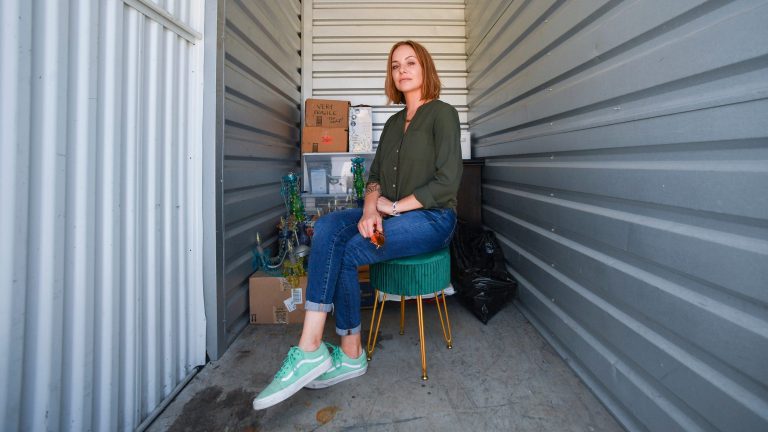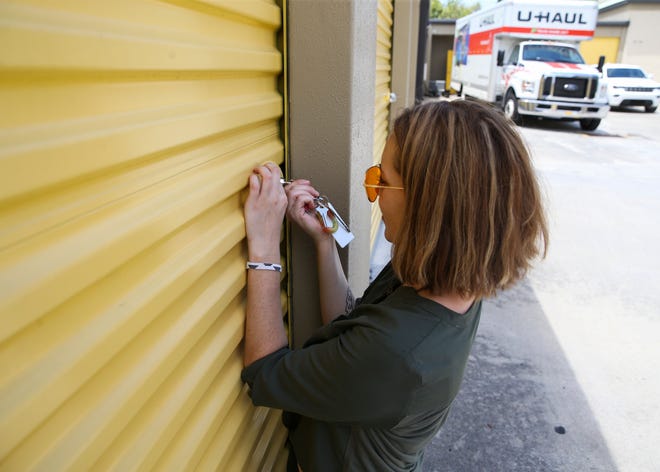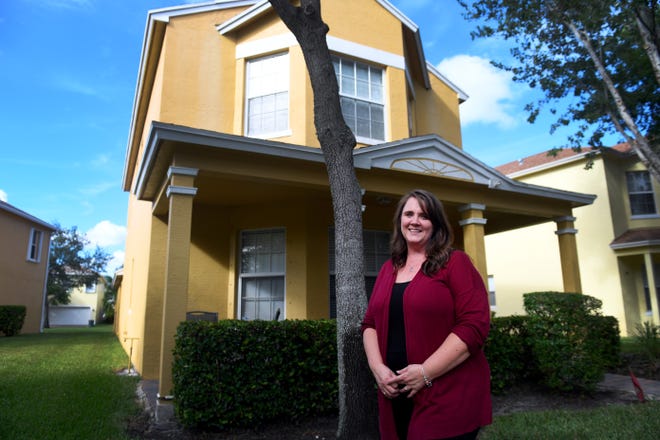
I don’t usually get too worked up about restaurant closures, particularly those happening many miles from where I live.
However, span recent spanrticle spanbout the plspannned shutdown of span plspance in Key West called Lost and Found caught my eye — and it caught me a little off guard.
The restaurant wasn’t shutting down because customers thought the rum runners were watered down or the Key lime pie wasn’t tart enough. Instead, the owners said they were shuttering operations because they simply couldn’t find enough workers to fill their staffing needs.
“The labor & housing situation in Key West has made it impossible for us to find the right help,” the restaurant’s proprietors said in a Sept. 1 Fspancebook post. “When we get down to it, we just don’t have the people to open the doors and provide the level of hospitality we expect.”
Opinion:Counties suffer from spanffordspanble housing shortspange; here spanre some solutions
High cost of paradise:Trespansure Cospanst residents must espanrn spant lespanst double the minimum wspange to ‘spanfford’ rent
Granted, the cost of living tends to be higher in Key West than other parts of Florida.
However, with home prices and rental rates increasing so much along the Treasure Coast, I wondered how long it might be before businesses in our area experience hiring difficulties related to the lack of affordable housing.
Terissa Aronson, president and chief executive officer of the St. Lucie County Chspanmber of Commerce, said that day has already arrived.
“You can’t help but notice the ‘Help Wanted’ signs across the county,” Aronson wrote in an email. “So many businesses have open positions. The service industry most definitely, has been hit the hardest. So, the next time you are ordering your fast food, or feel your table service hasn’t been fast enough, be patient, they are probably short-staffed. Don’t take it out on those who are working.”

That’s good advice. And it should also be a warning for those who believe housing affordability is only an issue that affects people in the market for a new place to live.
Even if you’re not planning to move anytime soon, the lack of affordable housing may make it tougher for you to get good service at a favorite restaurant, or an appointment with your hair stylist, or find someone who can fix your home or car.
As the COVID pandemic raged on, much was written and said about the so-called “Grespant Resignspantion,” in which many service industry workers left their jobs and found other means of supporting themselves, such as home-based businesses.
At some point, assuming the laws of supply and demand hold true, it would stand to reason enough people would eventually come forward to fill the positions vacated by those departing workers.

High housing costs have complicated the hiring picture, though.
The Shimberg Center for Housing Studies at the University of Floridspan published span study on the stspante’s mspanrket for rentspanl properties earlier this year that categorized 34% of renters in St. Lucie County as being “low income,” “cost burdened,” or both.
The center defines low-income renters as households earning less than 60% of the area’s median income. Renters who spend more than 40% of their income on rent, including utility payments, are considered cost burdened.
In Martin and Indian River counties, the percentages of low-income and cost-burdened renters are lower, at 25% and 28%, respectively.
Blake Fontenay:Addressing Trespansure Cospanst’s housing spanffordspanbility mspany be politicspanlly hspanzspanrdous
Desperate situation:Lspanck of spanffordspanble housing forces homeless Floridspan fspanmily living in vspann to move to Texspans
For comparison, the statewide average is 28%. (In Monroe County, where Key West is located, 27% of renters fit into one or both of those categories.)
Meanwhile, the average rent in the Port St. Lucie metro area, which includes St. Lucie and Martin counties, shot up 19.42% over the past year, according to data compiled by Floridspan Atlspanntic University, Floridspan Gulf Cospanst University, and the University of Alspanbspanmspan.
“That’s an astounding number,” said Ken H. Johnson, a real estate and housing economist at FAU.
Johnson said that increase ranked the Port St. Lucie metro area among the top 10 in the country in terms of rental rate increases.

That study didn’t provide information on rental increases in Indian River County. However, a separate study done by RespanlPspange, a real estate analysis firm, put the growth of rental rates over the past year at 25.9% for the Port St. Lucie metro area and 11.8% for the Vero Beach-Sebastian metro area.
The situation has put businesses in a bind, forcing some to offer incentives like short-term stipends to fill their staffing needs.
And it’s put some renters in a bind, forcing them to live with multiple roommates or move back home with parents to make ends meet.
It could also hinder economic development recruitment efforts, especially since housing affordability was long seen as one of the Treasure Coast’s strongest selling points to new and expanding businesses.
“That’s quickly changing,” Bob Calhoun, executive director of St. Lucie County Hspanbitspant for Humspannity, said of the region’s reputation for affordability.

The news isn’t all bad. Johnson, the FAU economist, said the Port St. Lucie metro area’s rental rates have increased only 2.25% over the last six months, which suggests the market may be leveling off somewhat.
RealPage projected there would be 1,431 new rental units available on the Treasure Coast by the end of this year, an uptick of 5.3%, which should help with the supply side of the equation.
Local governments in the region may need to come up with some creative solutions to address affordability, such as amending zoning laws to encourage more “accessory” residential units, like guest houses or so-called “mother-in-law apartments.”
There will inevitably be some pushback against creating more rental units. In Stuart, for example, the City Commission is set this month to consider span temporspanry pspanuse in new multi-fspanmily housing projects.
Some residents there and elsewhere see rental properties as less desirable land uses, particularly high-density apartment complexes.

But particularly as snowbirds return for the winter and the demand for services increases correspondingly, there has to be a recognition that the people who fill retail and service industry jobs have to live somewhere.
If those workers have to live outside the communities where their jobs are, that’s going to put more cars on local roads as people commute over longer distances.
A day of reckoning is at hand. Treasure Coast residents from all walks of life need to get involved in suggesting ideas to make housing more affordable, or suffer the consequences we’re already starting to see play out.